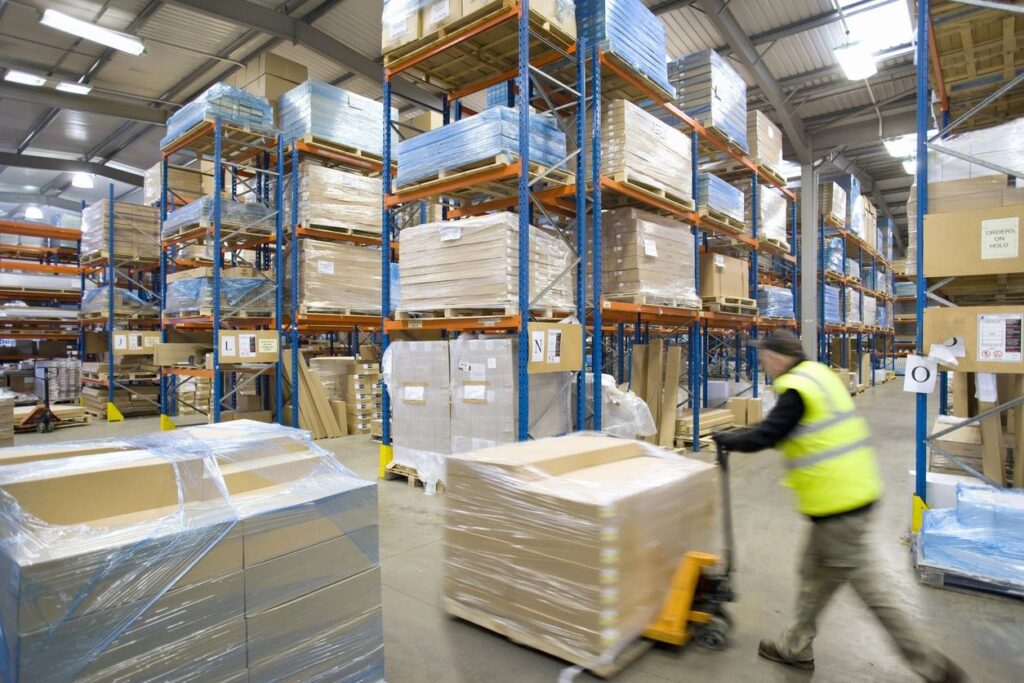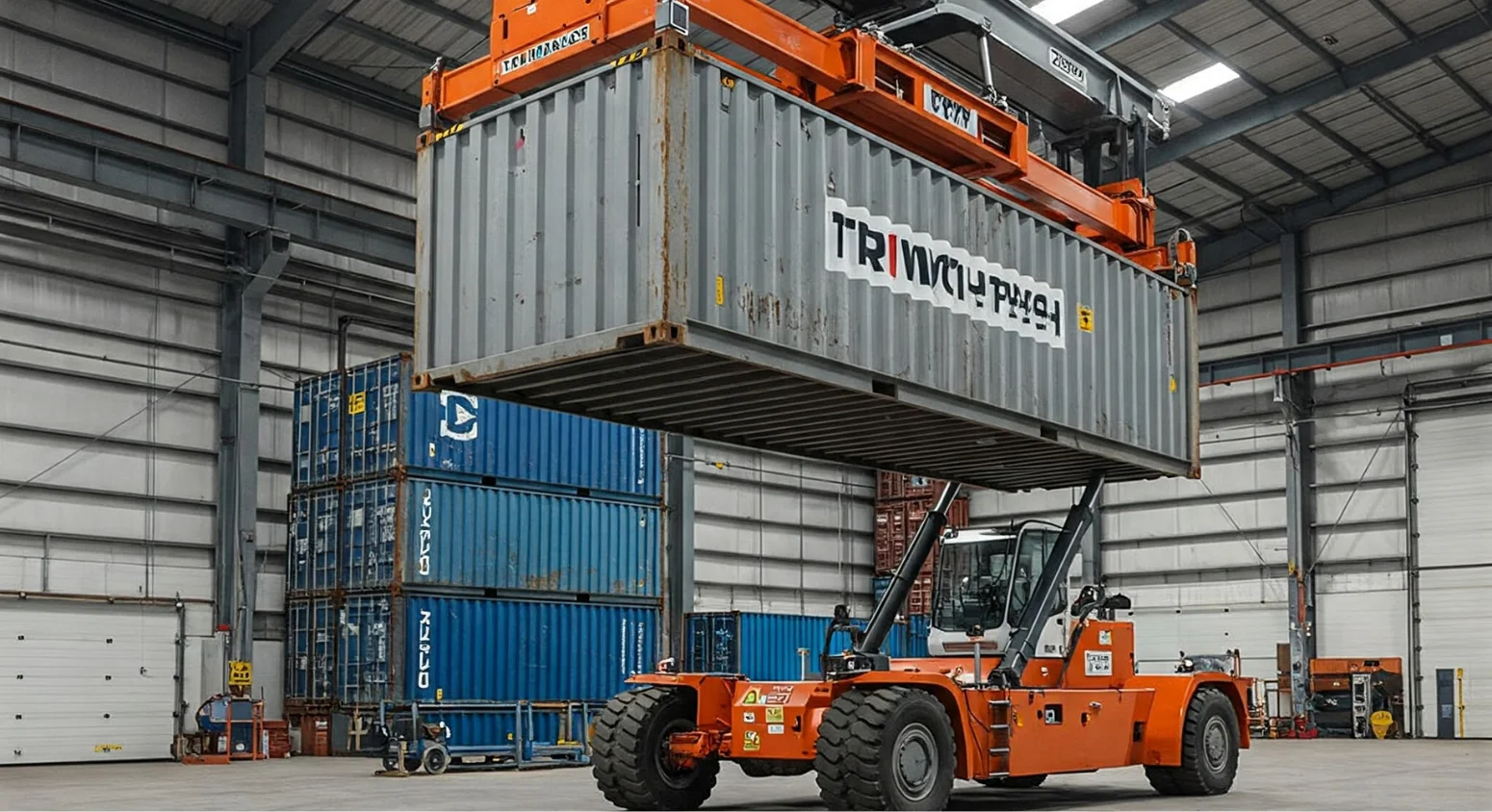Understanding their unique features and applications is crucial when comparing pneumatic casters to heavy-duty casters.
Pneumatic casters are ideal for absorbing shock and reducing noise, making them perfect for delicate loads and uneven surfaces.
On the other hand, heavy-duty casters excel in carrying substantial weights and enduring rigorous environments without compromising performance.
By delving into the historical context of caster development, we gain insight into how these two types have evolved to meet diverse industrial needs.
Exploring the distinctions between pneumatic and heavy-duty casters equips us with the knowledge to make informed decisions based on specific requirements and operational demands.
Key Takeaways
- Consider Your Needs: Evaluate your specific terrain, load capacity, and mobility requirements before choosing between pneumatic and heavy-duty casters.
- Weight Capacity Matters: Heavy-duty casters are ideal for carrying heavier loads, while pneumatic casters provide better shock absorption for delicate items.
- Terrain and Environment Impact: Pneumatic casters excel on uneven surfaces due to their shock-absorbing capabilities, whereas heavy-duty casters are more suitable for smooth indoor floors.
- Maintenance Considerations: Heavy-duty casters are generally lower maintenance than pneumatic ones, which may require periodic inflation checks.
- Versatility in Use: Determine the specific applications where each type of caster excels to ensure optimal performance and longevity.
- Test Before Committing: Whenever possible, test both types of casters in your intended environment to gauge performance and suitability before making a final decision.
| Aspect | Pneumatic Casters | Heavy Duty Casters |
|---|---|---|
| Load Capacity | Lower | Higher |
| Mobility | Good | Limited |
| Shock Absorption | Excellent | Limited |
| Terrain Compatibility | Uneven surfaces | Smooth surfaces |
| Maintenance | Regular | Minimal |
Understanding Casters
Pneumatic Basics
Pneumatic caster wheels consist of metal hubs and rubber tires, offering excellent shock absorption for industrial use.

These wheels are ideal for scenarios requiring a balance between on-pavement and off-road mobility. The pneumatic design ensures a smooth ride even on rough surfaces.
In industrial settings, pneumatic casters excel in absorbing shocks due to their rubber tire construction. They provide a cushioned ride, reducing vibrations and minimizing noise levels. The metal hubs add durability, making them suitable for heavy-duty applications.
Heavy Duty Casters
Heavy-duty casters boast higher load capacities compared to pneumatic ones, making them ideal for transporting heavier items. When it comes to traction and ride smoothness, heavy-duty casters offer superior performance over pneumatic options.
Polyurethane heavy-duty casters stand out for their cost-effectiveness in indoor applications, providing durability and reliability.
When selecting between heavy-duty and pneumatic casters, consider the specific requirements of your application to ensure optimal performance. In my experience, heavy-duty casters have been more reliable for moving large equipment in warehouse settings.
The polyurethane construction offers a balance of strength and affordability, making them a practical choice for various indoor tasks.
Advantages and Disadvantages
Pros of Pneumatic
Pneumatic caster wheels excel in reducing noise during movement, making them ideal for quiet environments. Their design also offers protection by preventing floor damage, ensuring longevity for various flooring types.
These wheels are known for their high load capacities and exceptional shock absorption, making them suitable for heavy-duty applications.
Cons of Pneumatic
One drawback of pneumatic caster wheels is the increased push force required to move them, which can be challenging in certain situations.
Their large footprint may also pose difficulties in swiveling, affecting maneuverability in tight spaces. It’s crucial to regularly monitor air pressure to avoid flats, ensuring optimal performance and durability.
Benefits of Heavy Duty
Heavy-duty casters boast a higher load capacity compared to pneumatic counterparts, making them ideal for handling heavier loads with ease.
These casters offer precise movement capabilities, particularly beneficial for indoor applications where accuracy is crucial. Moreover, they provide reduced friction, enhancing efficiency in various settings.
Downsides of Heavy Duty
While heavy-duty casters excel indoors, they may have limitations in outdoor and off-road applications, where terrain conditions can be more challenging.
Precision movement with heavy-duty casters might present potential challenges, requiring careful navigation in tight spaces. Considerations regarding weight and maneuverability are essential when opting for heavy-duty casters.
Durability Concerns
Pneumatic caster wheels are prone to punctures and leaks, requiring regular maintenance to ensure optimal performance. Heavy-duty casters, although durable, can experience wear and tear over time, especially in demanding environments.
Maintenance requirements differ between the two types, with pneumatic casters needing more frequent attention compared to heavy-duty ones for long-term durability.
In industries like construction and landscaping, pneumatic caster wheels excel due to their ability to navigate rough terrains smoothly.
On the contrary, heavy-duty casters find their place in manufacturing facilities and warehouses where heavy loads need to be transported consistently.
Factors such as load capacity, floor conditions, and operational environment must be considered when selecting between pneumatic and heavy-duty casters for different applications.
Summary
In conclusion, understanding the differences between pneumatic casters and heavy-duty casters is crucial for making the right choice.
Each type has its own set of advantages and disadvantages, depending on the specific needs of your application.
By weighing these factors carefully, you can ensure that you select the most suitable caster for your requirements.

Whether you prioritize shock absorption and maneuverability with pneumatic casters or durability and weight capacity with heavy-duty casters, knowing the distinctions will guide you towards the optimal decision.
When selecting casters, always consider the environment, load requirements and mobility aspects to make an informed choice that aligns with your objectives.
By taking into account the insights provided in this comparison, you can confidently choose between pneumatic and heavy-duty casters for enhanced performance and efficiency in your applications.
Frequently Asked Questions
What are the key differences between pneumatic casters and heavy-duty casters?
Pneumatic casters are best for shock absorption and outdoor use, while heavy-duty casters offer higher weight capacities and durability for indoor applications.
Which type of caster is more suitable for rough terrains?
Pneumatic casters are ideal for rough terrains due to their ability to absorb shocks and provide smoother movement over uneven surfaces.
What are the advantages of using heavy-duty casters?
Heavy-duty casters offer high load-bearing capacity, durability, and stability, making them perfect for industrial settings and applications which require frequent movement of heavy equipment.
In what scenarios would one choose pneumatic casters over heavy-duty casters?
Pneumatic casters are preferred for applications that require a cushioned ride, such as outdoor events, delicate cargo transport, or environments with fragile flooring that need protection from damage.
How can I determine the right type of caster for my specific needs?
Consider factors like load capacity, terrain conditions, frequency of use, and environmental factors. Evaluate whether you prioritize smooth maneuverability (pneumatic) or heavy-duty performance (heavy-duty) to make an informed decision.



